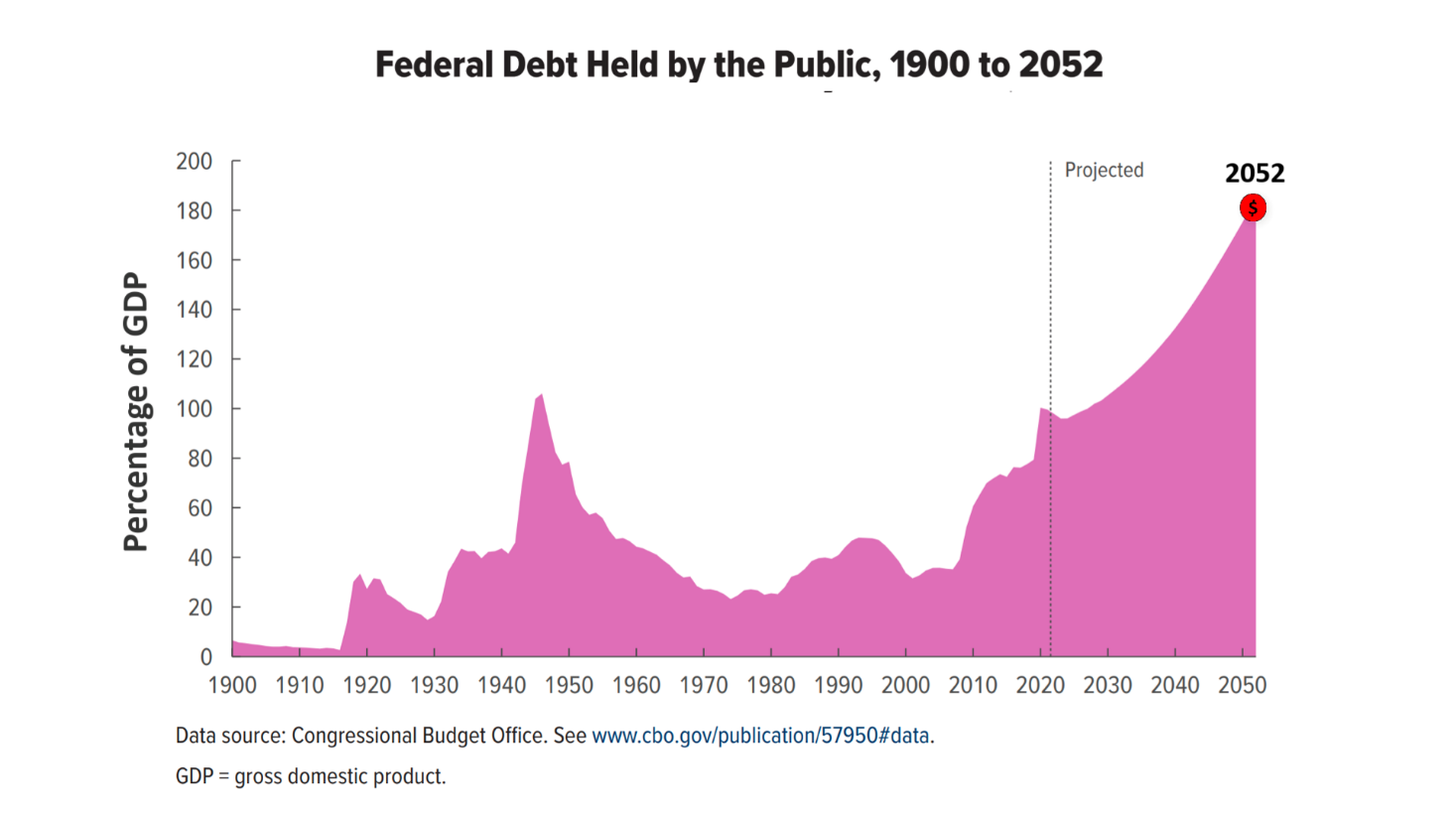Medicare is not driving the nation off a fiscal cliff, according to an analysis by The New York Times (NYT). Contrary to projections by the Congressional Budget Office (CBO), the nation’s nonpartisan budget research agency, The Times says the huge threat to the U.S. budget posed by Medicare spending has receded.
Spending annually per Medicare beneficiary has been projected to nearly triple from about $8,000 in 2003 to more than $22,000 in 2023, but it has risen only to $12,459 in 2023, according to the report --$3.9 trillion less than projected since 2011. “And no one is quite sure why,” says The Times.
The savings may have resulted from Americans exercising more, better and less-costly drugs for treating high blood-pressure and cholesterol and keeping patients out of hospitals by performing more procedures in doctors’ offices. In addition, Covid-19 deaths trimmed the population of individuals suffering from conditions requiring expensive medical care.
The analysis by The Times sounds like world-changing news. Lower than expected Medicare spending would mean the annual federal budget deficit will be much lower than projected by CBO, resulting in trillions of savings on the cost of paying the interest on the long-term federal debt, which would mean federal tax rates may not need to be boosted in the years ahead. However, The Times analysis raised about as many questions as it answered.
America’s population is aging, and health care economists are not projecting the current trend will continue. Reduced Medicare spending in recent years unexpectedly delayed the coming fiscal cliff but the trend is not projected to continue.
In addition, economic anomalies caused by the pandemic are still unfolding and are not well-understood. A day after The Times analysis was published, The Washington Post reported that the federal deficit is now projected to double in the 2023 fiscal year, the 12-month period ending September 30, 2023.
After peaking at nearly $3 trillion in the 2020 and 2021 fiscal years of the pandemic, the federal deficit declined in fiscal year 2022 to $1 trillion. The decline in the deficit occurred following massive economic stimulus programs in 2020 and 2021, which triggered much better-than-expected economic growth and a surge in the growth in federal tax revenue. A new report from the Committee for a Responsible Federal Budget, a nonpartisan group that advocates for lower deficits, now projects the deficit will rise to $2 trillion in 2023.
While The Times analysis is a hopeful sign, its practical implications for tax planning are limited. CBO, the government agency charged with forecasting annual budget deficits and the cost of paying the interest owed on the nation’s debt, currently projects the deficit will skyrocket over the coming decade and beyond.
The Federal debt is projected to increase to 110% of the size of the economy in 2032 — higher than it’s ever been. In the following two decades through 2052, growing deficits are projected to surge and push the federal debt much higher still, to nearly twice the size of gross domestic product. Based on these projections from the nonpartisan Congressional Budget Office, it’s fair to say the interest owed on the federal debt skyrockets and becomes unsustainable by 2052.
It remains prudent to plan for higher tax rates over the long run.


